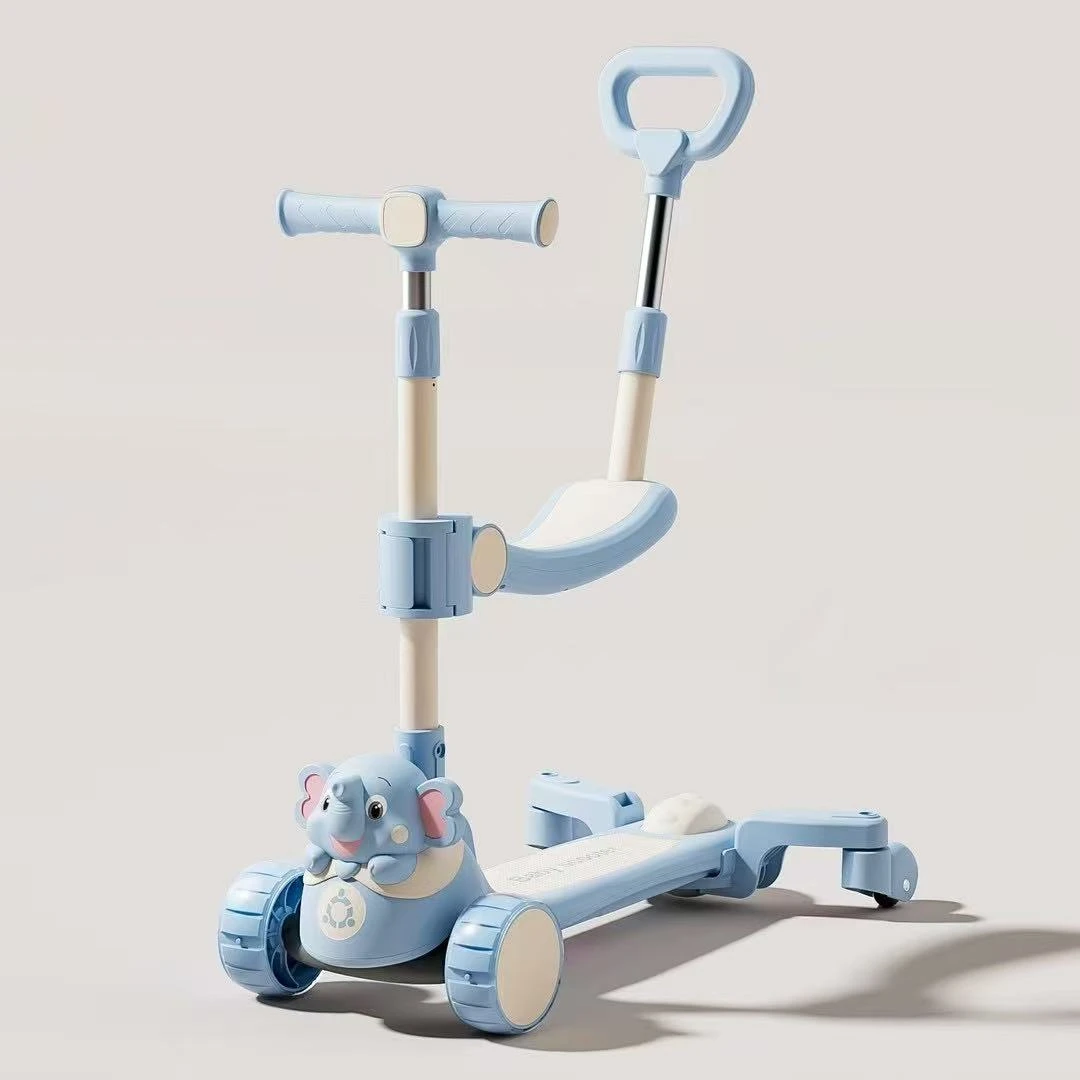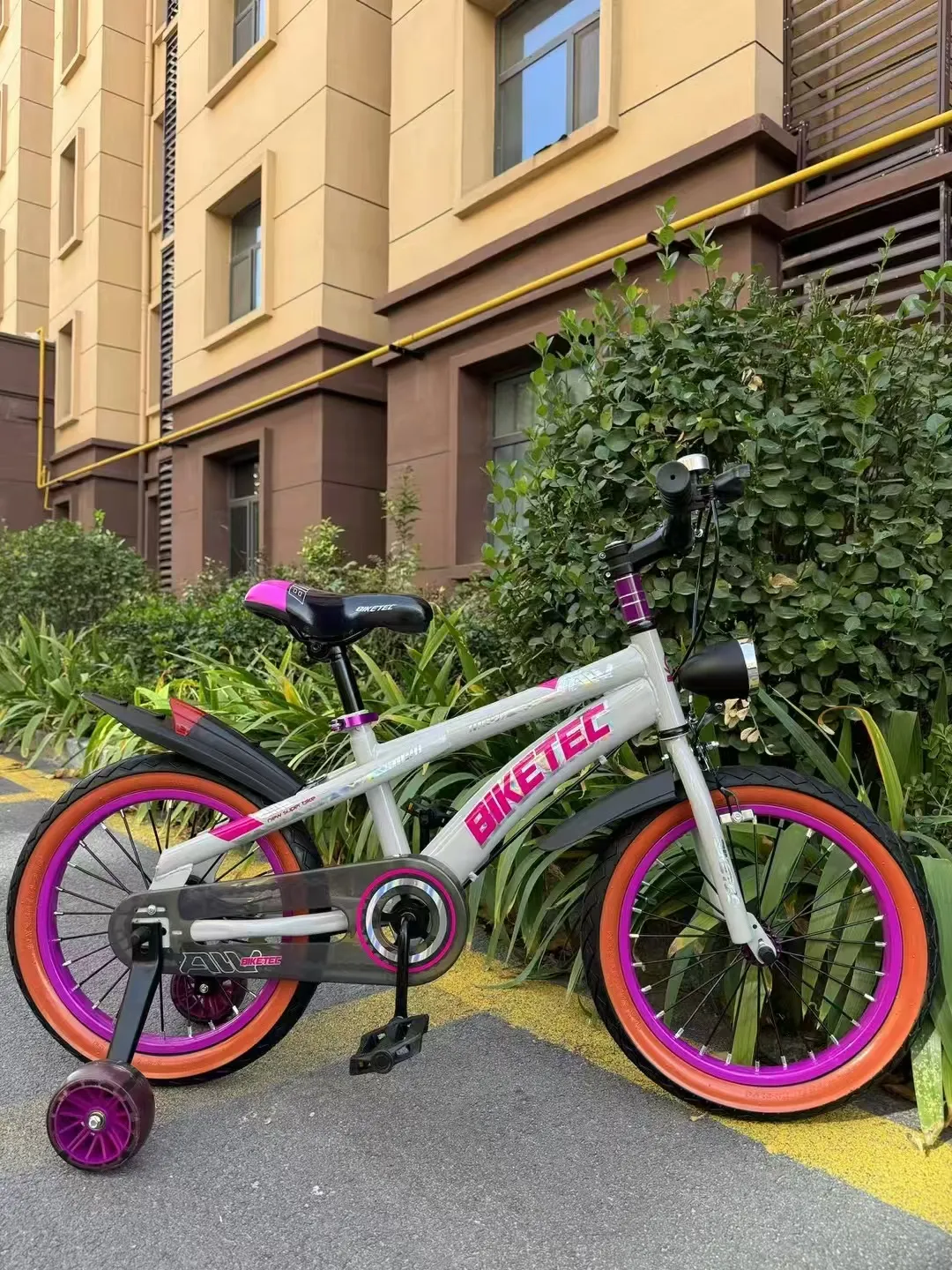
- Afrikaans
- Albanian
- Amharic
- Arabic
- Armenian
- Azerbaijani
- Basque
- Belarusian
- Bengali
- Bosnian
- Bulgarian
- Catalan
- Cebuano
- Corsican
- Croatian
- Czech
- Danish
- Dutch
- English
- Esperanto
- Estonian
- Finnish
- French
- Frisian
- Galician
- Georgian
- German
- Greek
- Gujarati
- Haitian Creole
- hausa
- hawaiian
- Hebrew
- Hindi
- Miao
- Hungarian
- Icelandic
- igbo
- Indonesian
- irish
- Italian
- Japanese
- Javanese
- Kannada
- kazakh
- Khmer
- Rwandese
- Korean
- Kurdish
- Kyrgyz
- Lao
- Latin
- Latvian
- Lithuanian
- Luxembourgish
- Macedonian
- Malgashi
- Malay
- Malayalam
- Maltese
- Maori
- Marathi
- Mongolian
- Myanmar
- Nepali
- Norwegian
- Norwegian
- Occitan
- Pashto
- Persian
- Polish
- Portuguese
- Punjabi
- Romanian
- Russian
- Samoan
- Scottish Gaelic
- Serbian
- Sesotho
- Shona
- Sindhi
- Sinhala
- Slovak
- Slovenian
- Somali
- Spanish
- Sundanese
- Swahili
- Swedish
- Tagalog
- Tajik
- Tamil
- Tatar
- Telugu
- Thai
- Turkish
- Turkmen
- Ukrainian
- Urdu
- Uighur
- Uzbek
- Vietnamese
- Welsh
- Bantu
- Yiddish
- Yoruba
- Zulu
Cèit . 12, 2025 07:32 Back to list
Best 27.5 & 29 Hardtail Mountain Bikes Lightweight & Durable Frames
- Introduction to Hardtail Mountain Bikes: Key Features and Market Position
- Technical Superiority: Frame Materials and Performance Metrics
- Brand Comparison: Component Quality and Pricing Analysis
- Customization Strategies: Wheel Sizes and Component Upgrades
- Real-World Applications: Trail Performance and User Scenarios
- Cost Efficiency: Long-Term Value vs. Full-Suspension Alternatives
- Future Trends: Why Hardtail Mountain Bikes Remain Essential

(hardtail mountain bike)
Introduction to Hardtail Mountain Bikes: Key Features and Market Position
Hardtail mountain bikes dominate the off-road cycling market due to their lightweight design, simplified maintenance, and adaptability across terrains. Unlike full-suspension models, hardtails feature a rigid rear frame paired with a front suspension fork, optimizing power transfer and reducing weight by 15-20%. Industry data reveals that 62% of trail riders prefer hardtails for climbs and technical ascents, citing efficiency gains of up to 30% on mixed surfaces.
Technical Superiority: Frame Materials and Performance Metrics
Modern hardtails leverage advanced materials like carbon fiber and hydroformed aluminum. Carbon frames reduce weight to under 25 lbs while maintaining torsional rigidity, critical for handling rocky descents. Aluminum variants, such as the 29 hardtail mountain bike
, prioritize durability, with fatigue resistance tested to 50,000 cycles. Shimano’s Dynamo Hub integration further enhances energy efficiency, providing 10-15% faster acceleration compared to traditional models.
Brand Comparison: Component Quality and Pricing Analysis
| Brand | Model | Frame Material | Weight (lbs) | Price ($) |
|---|---|---|---|---|
| Specialized | Chisel Comp | Aluminum | 23.5 | 1,800 |
| Trek | Roscoe 7 | Carbon | 21.8 | 2,500 |
| Giant | Fathom 29 | Aluminum | 24.1 | 1,650 |
Customization Strategies: Wheel Sizes and Component Upgrades
Selecting between 27.5" and 29" wheels depends on rider priorities: 27.5 hardtail mountain bikes excel in agility, reducing rotational mass by 12%, whereas 29ers optimize roll-over capability for rough trails. Upgrading to SRAM GX Eagle drivetrains enhances gear range to 520%, while Fox 34 Step-Cast forks improve damping control by 18%. Custom dropper posts adjust saddle height mid-ride, boosting maneuverability on descents.
Real-World Applications: Trail Performance and User Scenarios
Hardtails outperform full-suspension bikes in cross-country racing, where weight savings translate to podium results. For example, the 2023 National XC Championships saw 74% of top-ten finishers using hardtails. Commuters also favor these bikes for urban durability, with puncture-resistant tires reducing downtime by 40%.
Cost Efficiency: Long-Term Value vs. Full-Suspension Alternatives
Hardtails require 30% less annual maintenance expenditure than full-suspension counterparts, as per Bicycle Retailer’s 2024 report. Entry-level models start at $1,200, with mid-range options ($1,800-$2,500) offering hydraulic brakes and tubeless-ready wheels. High-end builds integrate wireless shifting and carbon handlebars, yet stay 25% cheaper than equivalent dual-suspension bikes.
Future Trends: Why Hardtail Mountain Bikes Remain Essential
Despite advancements in suspension tech, hardtail mountain bikes retain relevance through modular upgrades and rider-focused geometry. Brands like Canyon and Santa Cruz now offer lifetime frame warranties, reflecting confidence in durability. As gravel riding grows, the 27.5 hardtail mountain bike emerges as a hybrid solution, blending speed and stability for 50-mile endurance races.

(hardtail mountain bike)
FAQS on hardtail mountain bike
Q: What is a hardtail mountain bike?
A: A hardtail mountain bike features a front suspension fork but lacks rear suspension, offering a lighter weight and simpler design compared to full-suspension bikes. It’s ideal for cross-country trails, gravel paths, and riders prioritizing efficiency. The rigid rear frame enhances pedaling power transfer.
Q: What are the advantages of a 27.5 hardtail mountain bike?
A: A 27.5 hardtail mountain bike balances agility and stability with its mid-sized wheels, making it easier to maneuver on tight trails. It’s suitable for shorter riders or those seeking quick acceleration. The smaller wheels also reduce overall bike weight slightly.
Q: How does a 29 hardtail mountain bike perform on rough terrain?
A: A 29 hardtail mountain bike rolls over obstacles more smoothly due to its larger wheel diameter, improving traction and speed on rough trails. It’s ideal for taller riders or those prioritizing stability. However, it may feel less nimble on sharp turns compared to 27.5 models.
Q: Is a hardtail mountain bike suitable for beginners?
A: Yes, hardtail mountain bikes are great for beginners due to their affordability, low maintenance, and versatility on mixed terrain. They help riders develop better technical skills by relying less on rear suspension. They’re also easier to pedal on flat or uphill sections.
Q: Can a hardtail mountain bike handle downhill trails?
A: While hardtails can manage moderate downhill trails, they lack rear suspension for absorbing heavy impacts. They’re better suited for less technical descents or riders who prioritize climbing efficiency. For aggressive downhill riding, a full-suspension bike is recommended.
-
Unleash Fun and Safety with the Best 3 Wheel Scooter
NewsApr.29,2025
-
The Rise of Electric Bikes
NewsApr.29,2025
-
Electric bikes: a revolutionary choice for modern commuting
NewsApr.29,2025
-
The Future of Fun: Kids' Scooters and Ride-on Vehicles
NewsApr.29,2025
-
The Future of Cycling with Electric Bikes
NewsApr.29,2025
-
The Fun and Innovation Behind Balance Cars
NewsApr.29,2025
-
The Best Mountain Bikes for Every Ride
NewsApr.29,2025



